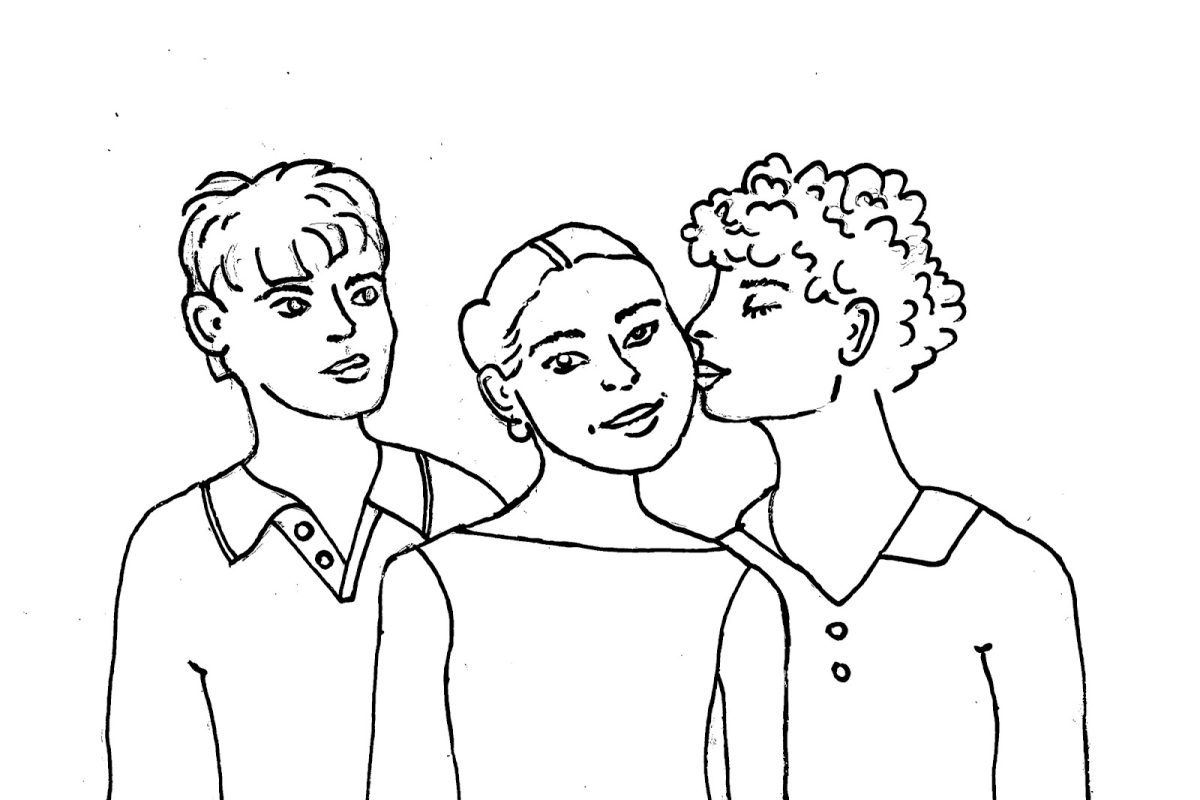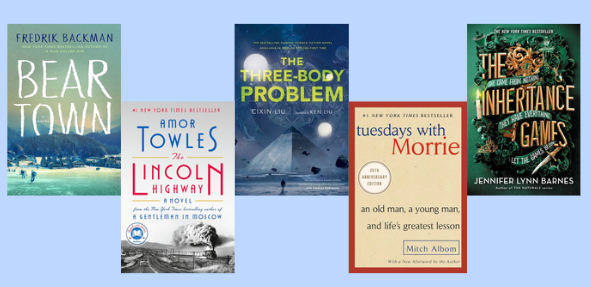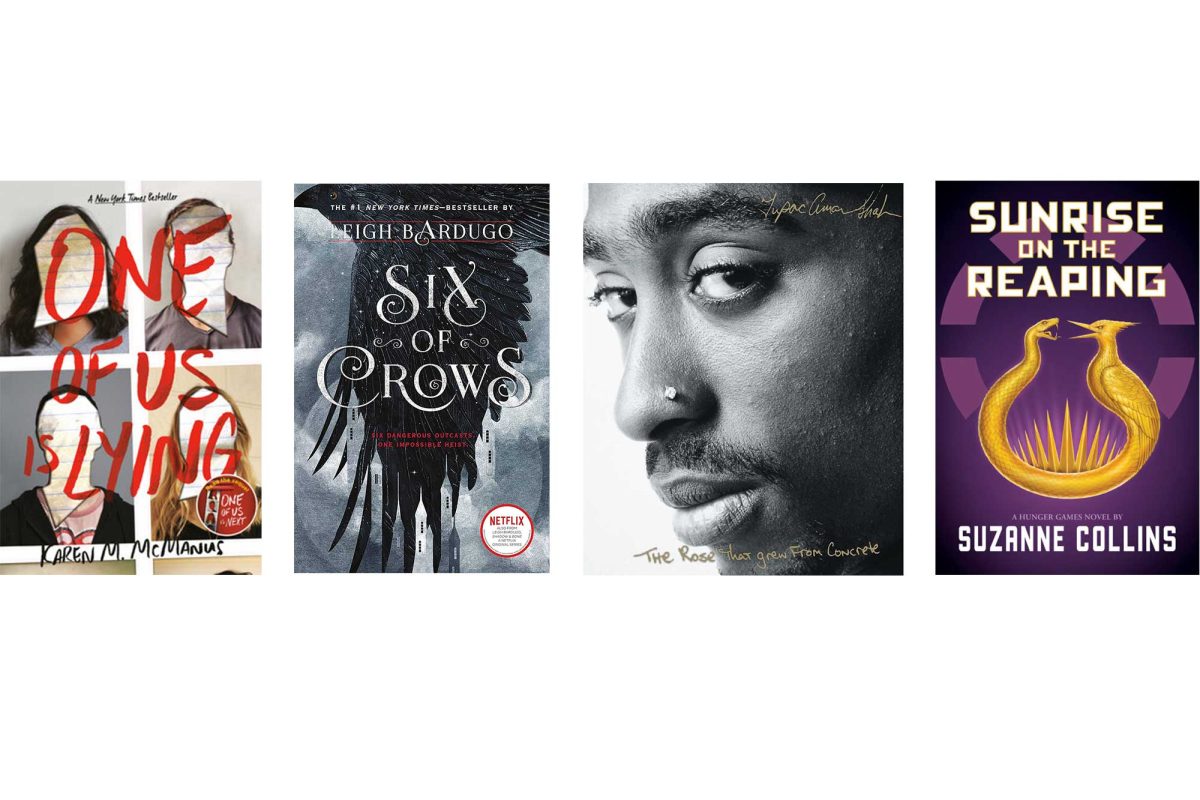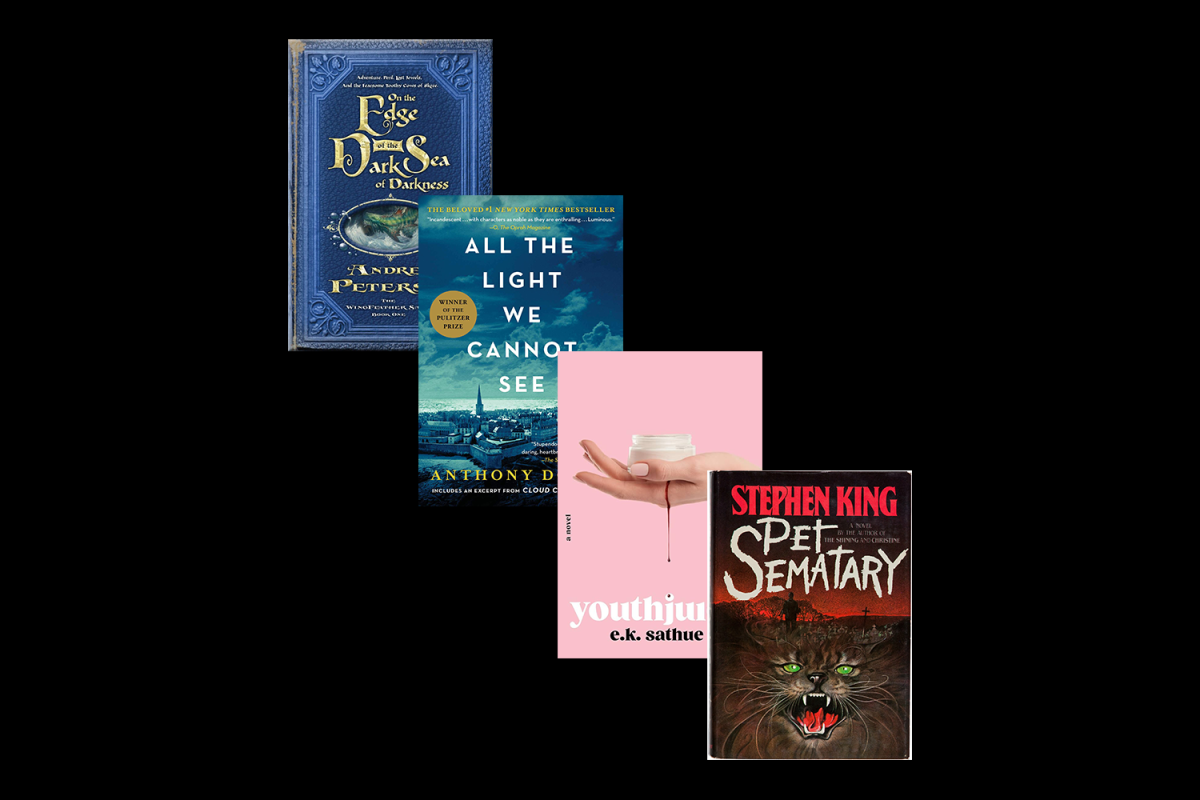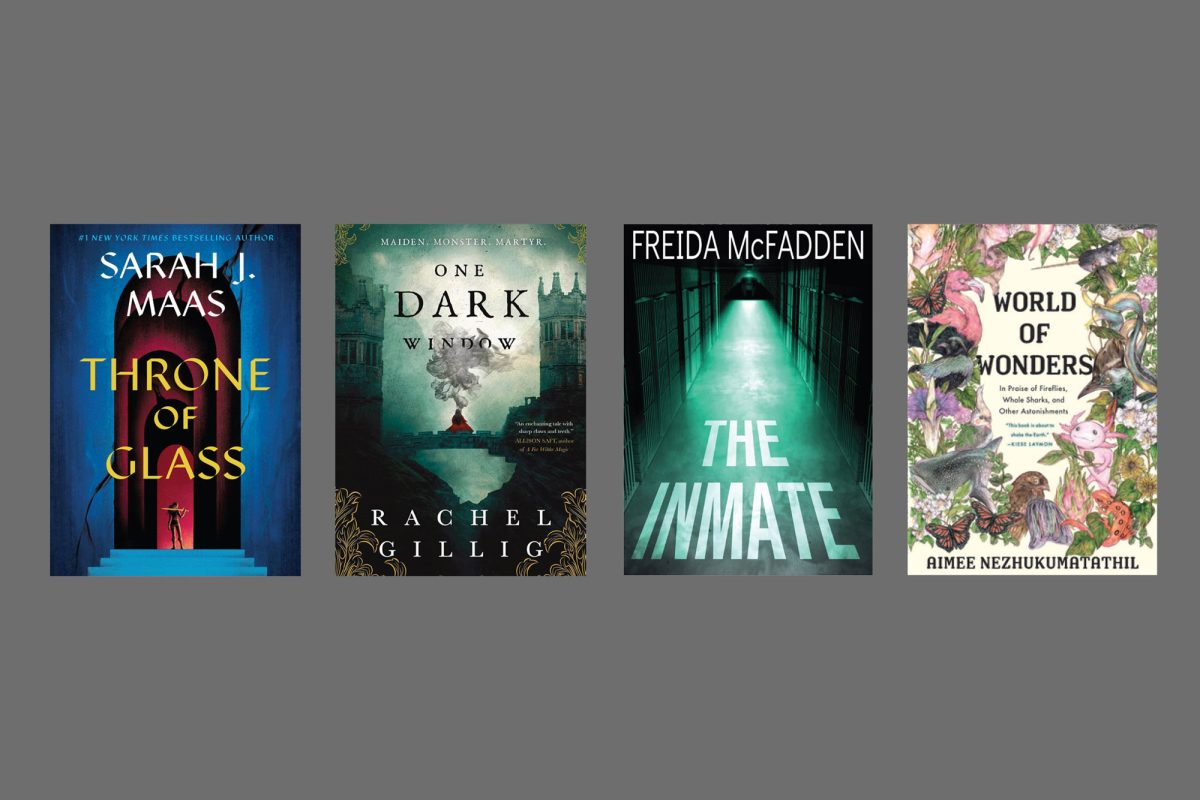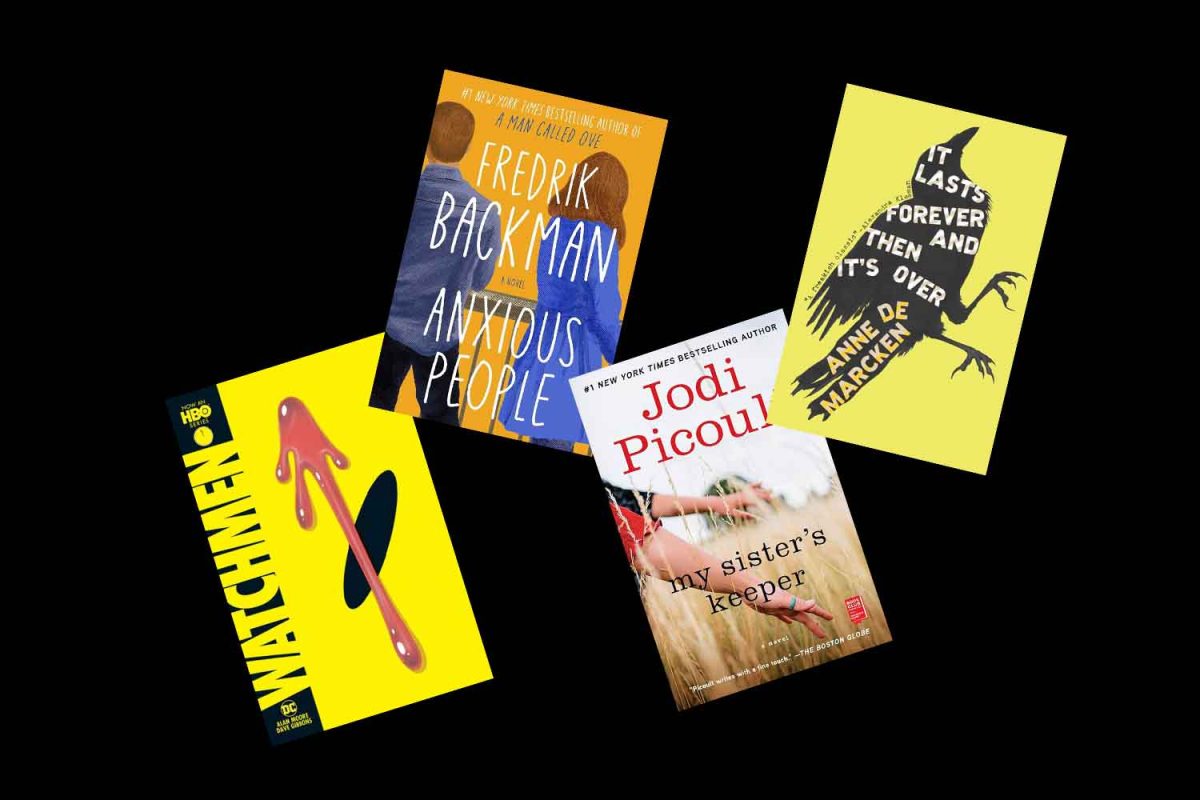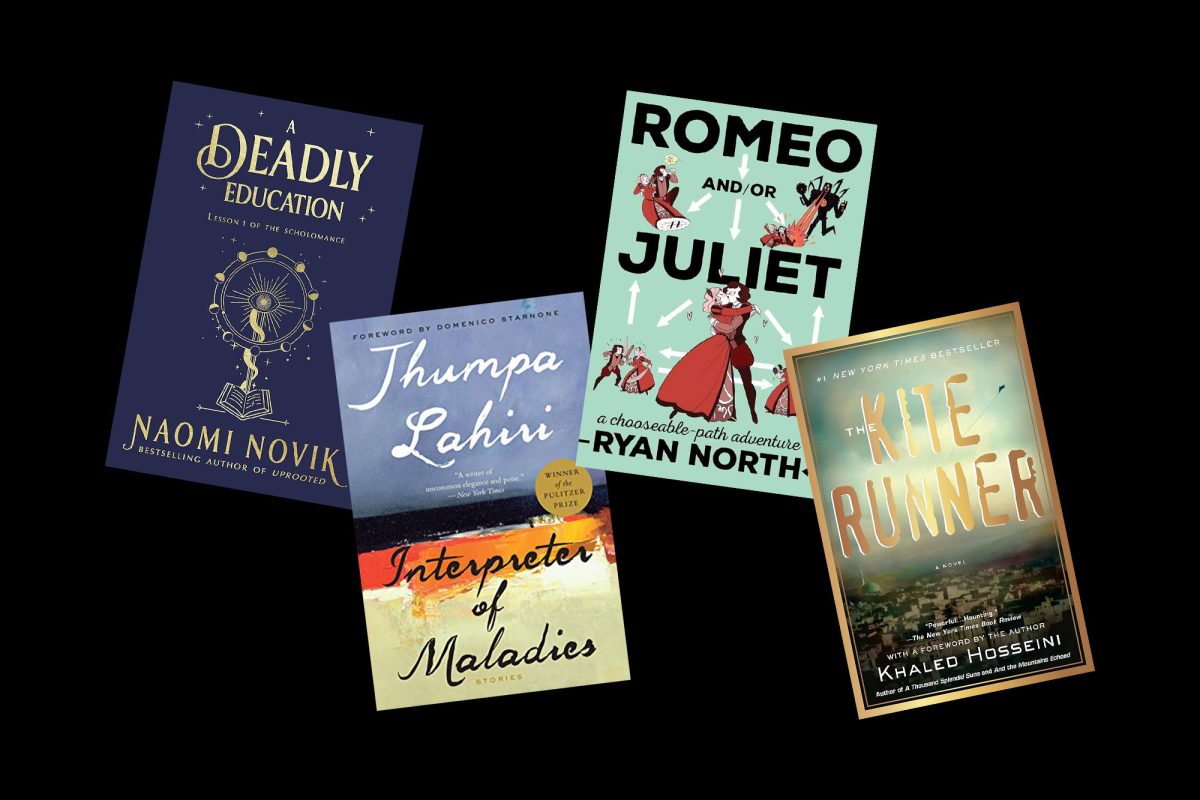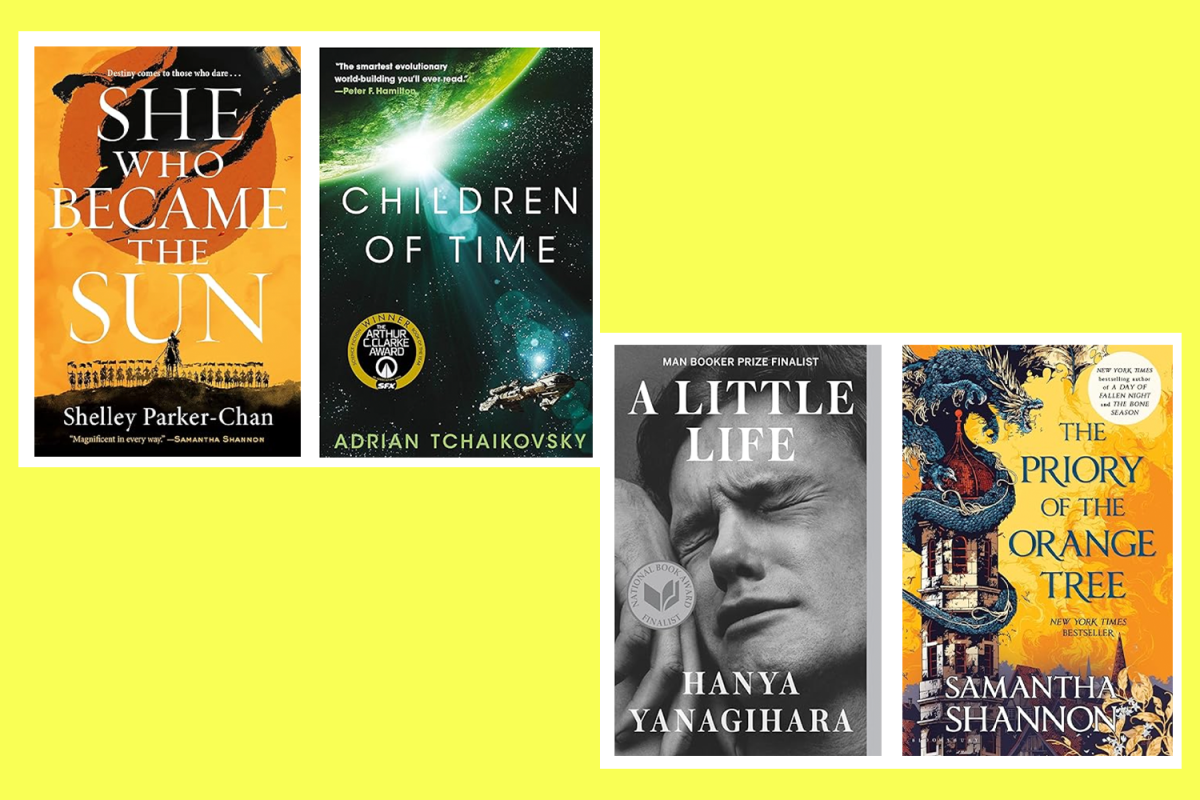The “Hunger Games” franchise has gripped teenagers everywhere for more than a decade. With revolutionary novels and blockbuster film adaptations produced by Lionsgate, Suzanne Collins has kept young people worldwide with one foot in the arena. The question remains: can she keep it up?
With the release of “Sunrise on the Reaping”, a new Hunger Games prequel published by Scholastic, the answer is undoubtedly yes. In an action-packed, psychological whirlwind dripping with tragedy, Collins unites the classic feel of the original trilogy with something entirely fresh. With visits from familiar faces and new perspectives on the books that readers have come to know and love, “Sunrise on the Reaping” is addictive in all the best ways.
As we all know, prequels can be hit or miss, and this one was highly anticipated by readers ever since the release of the original books. “Sunrise on the Reaping” follows Haymitch Abernathy, a 16-year-old boy who is chosen to compete in the annual Hunger Games, a televised event of teens fighting to the death in an arena. This year, however, is different. Instead of the typical 24 tributes dropped into the arena, for the fiftieth anniversary, it is decided that there will be a whopping 48.
In the original trilogy, Haymitch is pictured as the drunken, blasé mentor to Katniss and Peeta as they head into their games, 25 years after his. This version of him is alarmingly different from the witty, determined, bright-eyed boy pictured in the prequel. “Sunrise on the Reaping” explores how Haymitch reaches his eventual abysmal state through tremendous love and loss.
There’s something to be said for the craft of the characters in the novel. Each was flawed, yet that made them all the more real, and one could find oneself getting seriously attached quickly. Due to the premise of the books, you know certain characters’ demise is sure to come no matter what, and yet you still find yourself getting invested in their triumphs and failures. This is something that made the book so enjoyable, as every inevitable death felt personal.
In addition, younger forms of many of the characters found in the original books appeared, helping to weave a thread through the universe’s timeline. Because the world had already been built, Collins was able to jump into the action straight away, leaving no room for the slow start that so often serves as a book’s downfall.
In terms of flaws, there were often multiple plotlines happening at once, sparking confusion in the protagonist just as much as the reader. As a jumble of plans and consequences race through Haymitch’s mind, the reader can be left feeling disoriented. That being said, disorientation is often what Collins is attempting to elicit to portray the cruelty of the games and the psychological trip that is the arena.
“The Hunger Games” has always been a commentary on the lengths humans are willing to go to maintain order, and the terrible, ugly divide between the rich and the poor. Each novel is a story of resistance, and Haymitch’s is no different. “Sunrise on the Reaping” makes you think, feel, and have your heart beating the thrum of anticipation time and time again.
So, I do believe that the odds will be in your favor if you decide to pick up this book.






